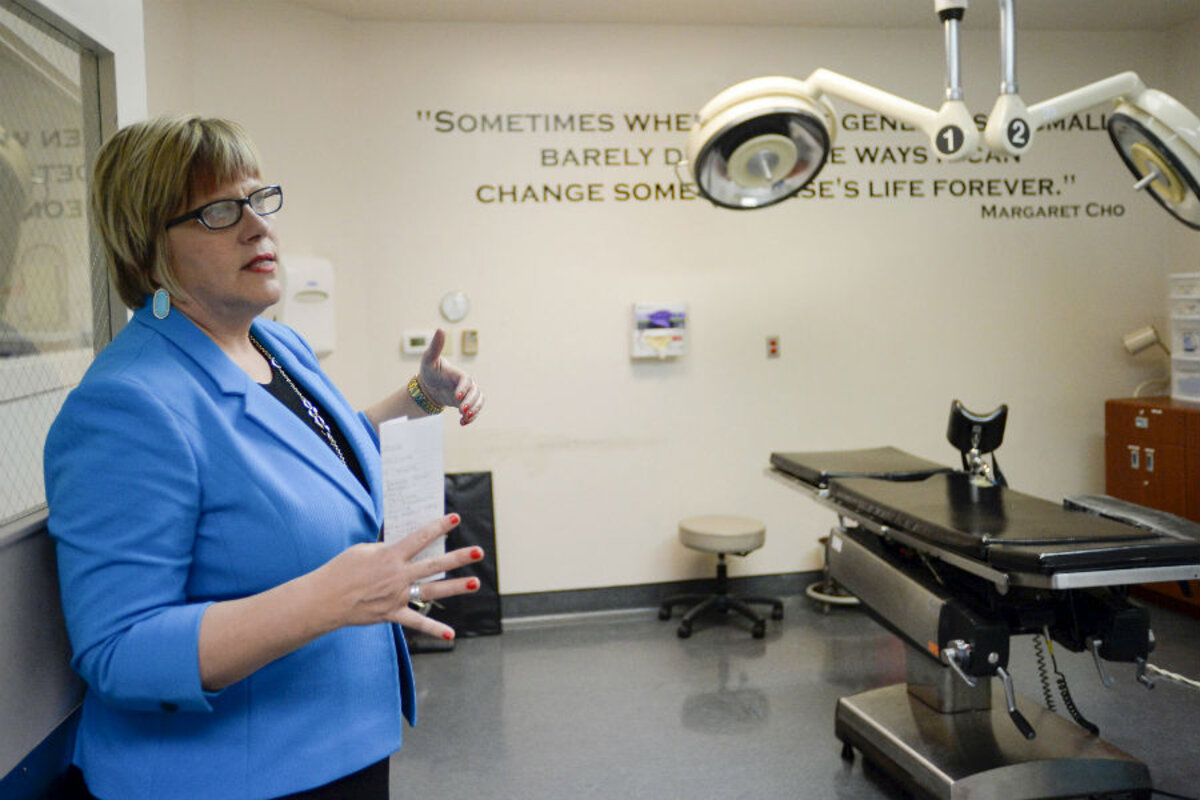Why state abortion laws are polarizing policy
Loading...
In July 2013, Texas Gov. Rick Perry signed a law imposing new restrictions on abortion clinics and their staff. Among other things, it forced clinics’ physicians to have admitting privileges at a hospital within 30 miles, banned abortions starting from 20 weeks after fertilization, and required facilities to be accredited as surgical centers.
Abortion advocates mounted a legal challenge immediately, saying the law’s provisions . This month, the Supreme Court will decide the law's fate, in what’s expected to be one of the most important cases in decades in the ongoing debate over abortion.
But even as the case worked its way through lower courts, state legislatures were spilling a lot of ink.
In the first quarter of 2016, 45 state legislatures , according to the Guttmacher Institute, a research institute focusing on reproductive rights. Of these bills, 21 became law.
Florida excluded abortion providers from Medicaid. Utah required abortion doctors to inject women with anesthesia, so that the fetus would not feel pain during the procedure – a requirement at odds with much research on fetal pain. Indiana banned abortions performed because of fetal disability, or on the basis of a fetus' sex or race. The state also established newly prohibitive standards on abortion doctors resembling those of the Texas law now before the Supreme Court.
Such laws are among the latest in abortion opponents' attempts, going back to the first battles following the 1973 Supreme Court decision in Roe v. Wade, to discourage abortions by creating obstacles for women and their providers. But the latest wave of state measures, say experts, has its roots in federal gridlock as well as a spate of 2010 midterm victories for tea party conservatives, who shifted legislatures and governorships further to the right.
"In 2011 you started to see this huge increase," Elizabeth Nash of the Guttmacher Institute. Not long after tea party candidates entered office, she told ���Ǵ���, "you started to see abortion restrictions fly through state legislatures, and they haven't really stopped."
In those states, the implications of the Supreme Court's upcoming ruling are hard to exaggerate. After the signing of HB2, as the Texas law is known, abortion clinics started shuttering, particularly in rural sections of West Texas and the border, where women are more likely to be young, minorities, or low-income. Of the state's 41 facilities then in operation, eight closed or stopped providing abortion services after the bill was introduced, , and more followed as the bill passed into law. At present, only 19 facilities are still up and running.
"Indeed," wrote the study’s authors, "the 13% decline in abortions performed in Texas during the first 6 months after HB2 went into effect gives an indication of the law's impact."
whether the law caused a "significant reduction" in access to abortion services without otherwise promoting women’s health – and whether the restrictions constitute an "" on women who want to get an abortion.
What might the decision mean for state-level legislative efforts? Hard to say, says Ms. Nash, except that advocates on both sides of the issue will go back to drawing up new ways to enshrine abortion rights, or create a thicket of ways to restrict them.
"Why are we at that point? Because the US Supreme Court has said that abortion is a right, and it's been difficult – impossible – for abortion to be banned entirely," she says.




